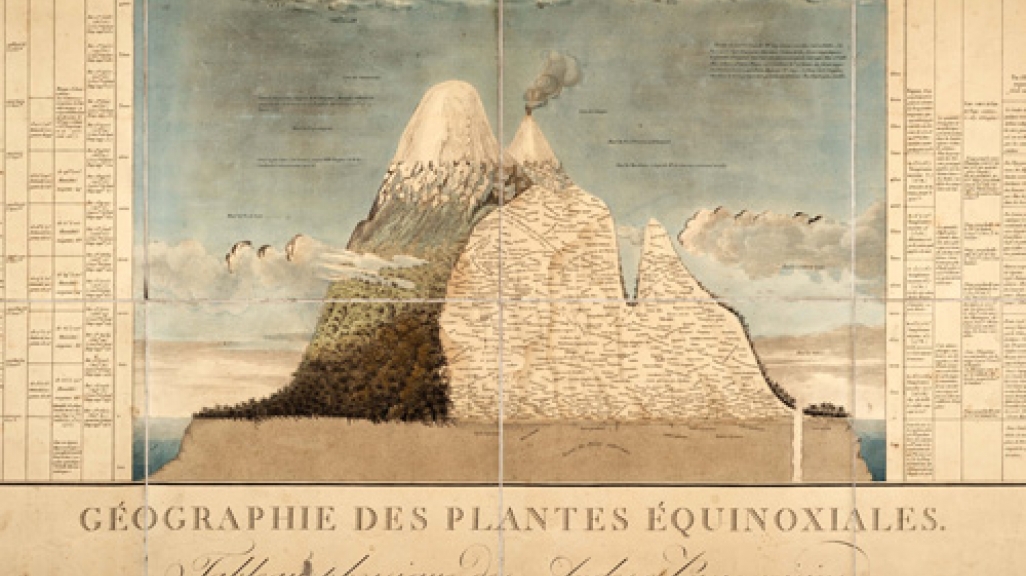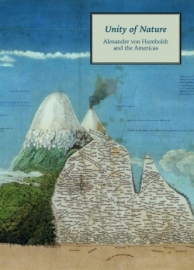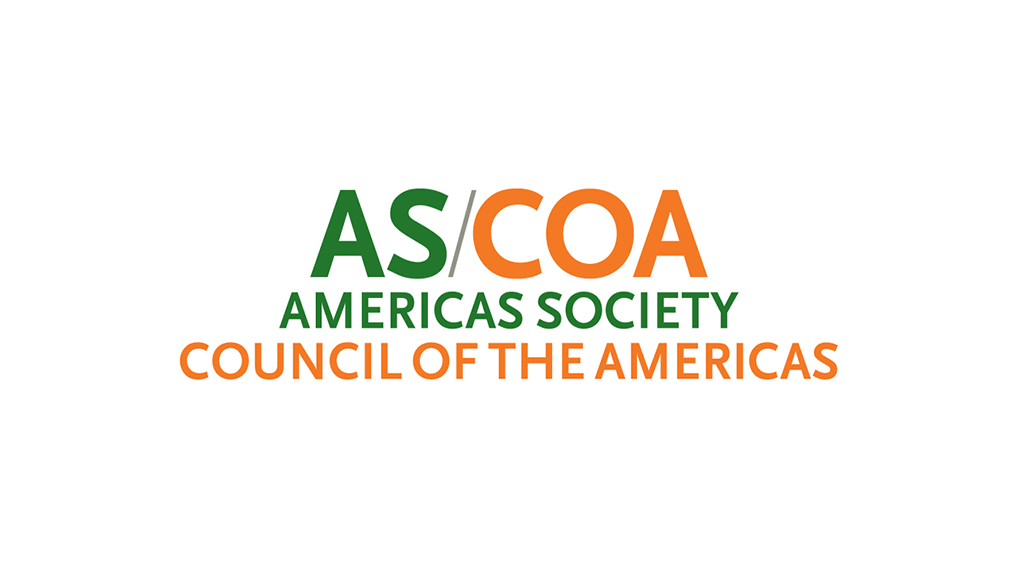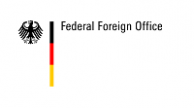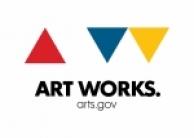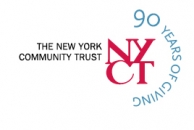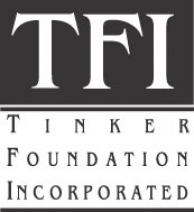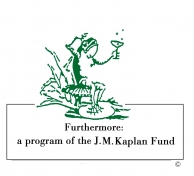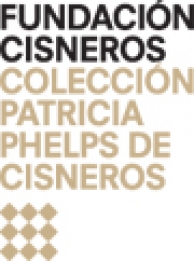Unity of Nature: Alexander von Humboldt and the Americas
On view:
through
Unity of Nature: Alexander von Humboldt and the Americas
Americas Society presents Unity of Nature: Alexander von Humboldt and the Americas, the first exhibition in New York to focus on the intrepid Prussian explorer, scientist, diplomat, and author. The eminent Harvard paleontologist Stephen Jay Gould said he was "probably the world's most famous and influential intellectual [of the early nineteenth century]," yet he is virtually unknown in the United States today.
From 1799 to 1804, Humboldt traversed about 6,000 miles, journeying through the Spanish American colonies (modern-day Venezuela, Colombia, Ecuador, Peru, Mexico, and Cuba) to observe nature in the "torrid zone." Over the three decades after his return, Humboldt published some thirty volumes relating to his journey, the most renowned of which is the beautifully illustrated Vues des Cordillères, et Monumens des Peuples Indigènes de l'Amérique (1810). Unity of Nature serves as a re-introduction of Humboldt to the American public. Included in the exhibition are books, sculptures, scientific instruments, and paintings, especially landscapes by the artists who followed in his footsteps to South and Central America. Oftentimes the first European to venture into the interior areas of South America, Humboldt and his travel publications inspired many American artists, including Frederic Edwin Church (1826–1900) and Louis Rémy Mignot (1831–1870) who were among the first to retrace his voyage. Their goals were not only to follow Humboldt's journey, but also to adhere to his scientific-aesthetic principles, especially in their portrayals of nature, a major theme of the exhibition. During the latter part of the nineteenth century, Humboldt’s writings helped fuel a belief in manifest destiny influencing painters such as Albert Bierstadt (1830–1902) and Thomas Moran (1837–1926) as well as the photographer Carleton Watkins (1829–1916).
The show includes paintings and drawings by Frederic Edwin Church, Louis Rémy Mignot, Titian Ramsay Peale, and Norton Bush, as well as a selection of European artists, such as Ferdinand Bellerman, Johann Moritz Rugendas, Albert Berg, Anton Goering, Eduard Ender, and the Victorian woman traveler Adela Breton. Unity of Nature also gathers a selection of rare first edition publications, letters by Simón Bolívar and Humboldt, maps, and scientific instruments, alongside a cabinet by contemporary artist Mark Dion, as his response to the tradition of scientific drawing and the systematic categorization of species.
Image credit: Essai sur la géographie des plantes: accompagné d’un tableau physique des regions équinoxiales... [Essay on the Geography of Plants, Accompanied by a Physical Table of the Equinoctial Regions] [engraving with watercolor by Louis Bouquet, drawing by Lorenz Schönberger and Pierre Turpin, 1805, after a sketch by Alexander von Humboldt] (Paris: Chez Levrault, Schoell et compagnie, 1805). 149⁄16 x 3111⁄16 in. Peter H. Raven Library, Missouri Botanical Garden, St. Louis, Missouri
La exposición que muestra actualmente Americas Society revela la influencia de Humboldt en el desarrollo de la representación visual del paisaje americano del Siglo 19.
Americas Society's "edifying exhibition" conjures the Prussian scientist's voyage through books, letters, plant specimens, scientific equipment, and several fine portraits.
Americas Society's Unity of Nature: Alexander von Humboldt and the Americas is well-prepared and tells a truly remarkable story of the renowned Prussian scientist, both visually and in print.
Open until July 26, a new exhibition at Americas Society is taking its own expedition into Alexander von Humboldt’s legacy in the visual arts.
"Unidad de la Naturaleza: Alexander von Humboldt y las Américas" en Americas Society realza el papel del científico en la difusión artística de la riqueza natural y humana del continente.
Art Daily features Americas Society’s exhibition “Unity of Nature: Alexander von Humboldt and the Americas” open until July 26.
The exhibition Unity of Nature: Alexander Von Humboldt is made possible by the generous support from The New York Community Trust, the German Federal Foreign Office, the Consulate General of Germany in New York, Goethe Institute New York, The Tinker Foundation, Mex-Am Cultural Foundation, Furthermore: a program of the J.M. Kaplan Fund, and Colección Patricia Phelps de Cisneros.
The exhibition is also supported, in part, by an award from the National Endowment for the Arts, the New York State Council of the Arts with the support of Governor Andrew Cuomo and the New York State Legislature, and by public funds from the New York City Department of Cultural Affairs, in partnership with the City Council.








